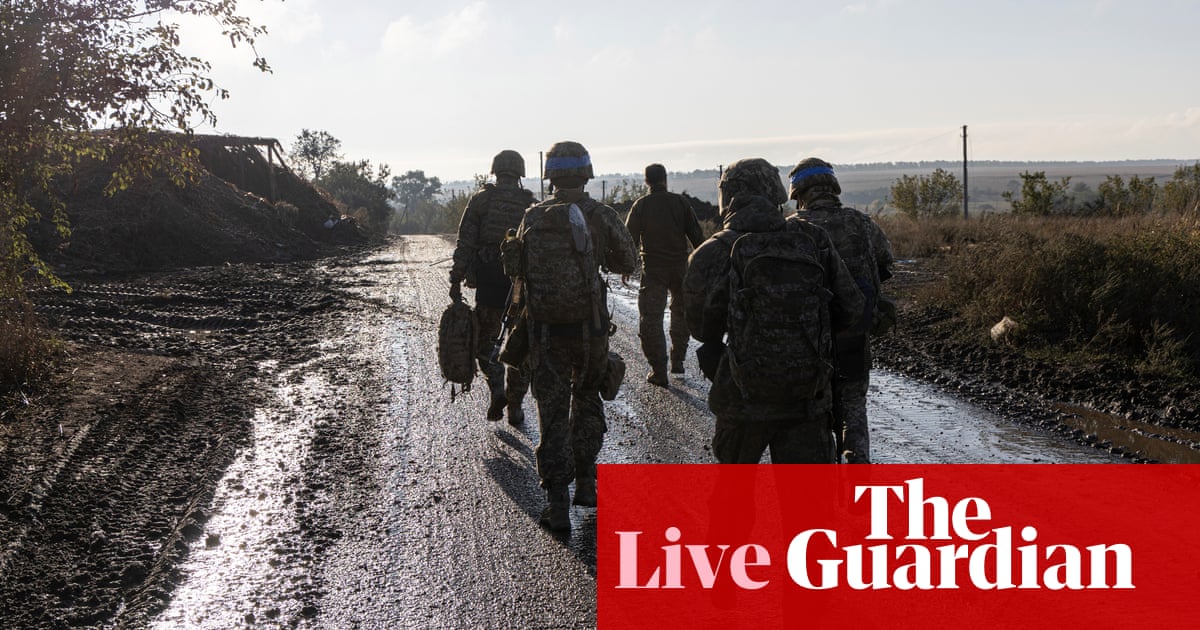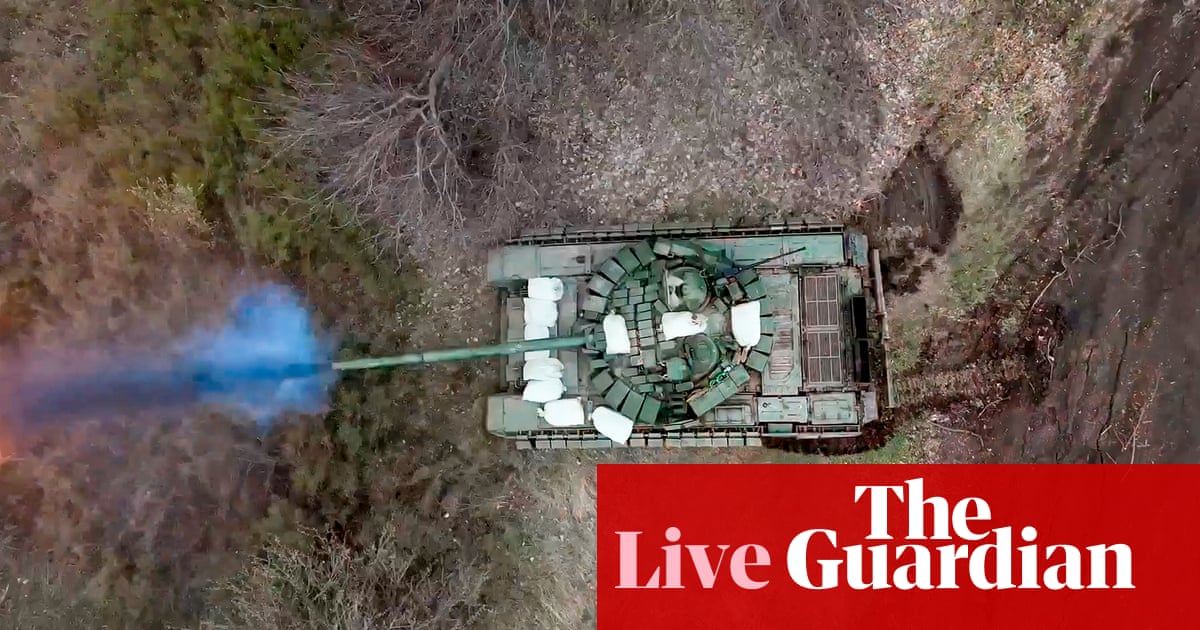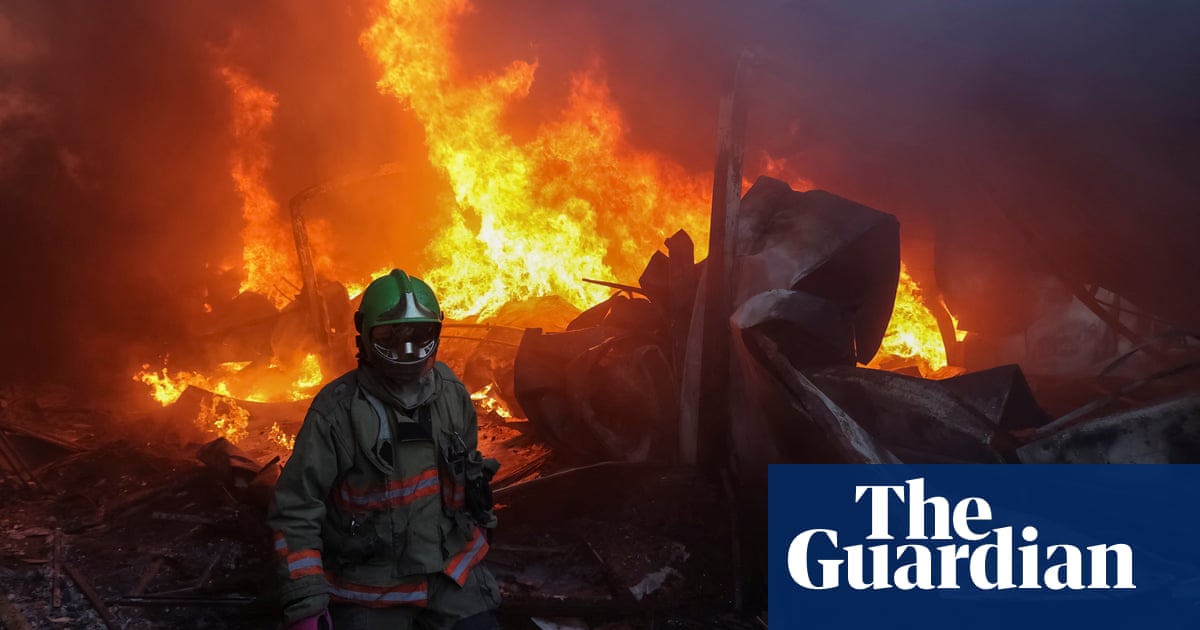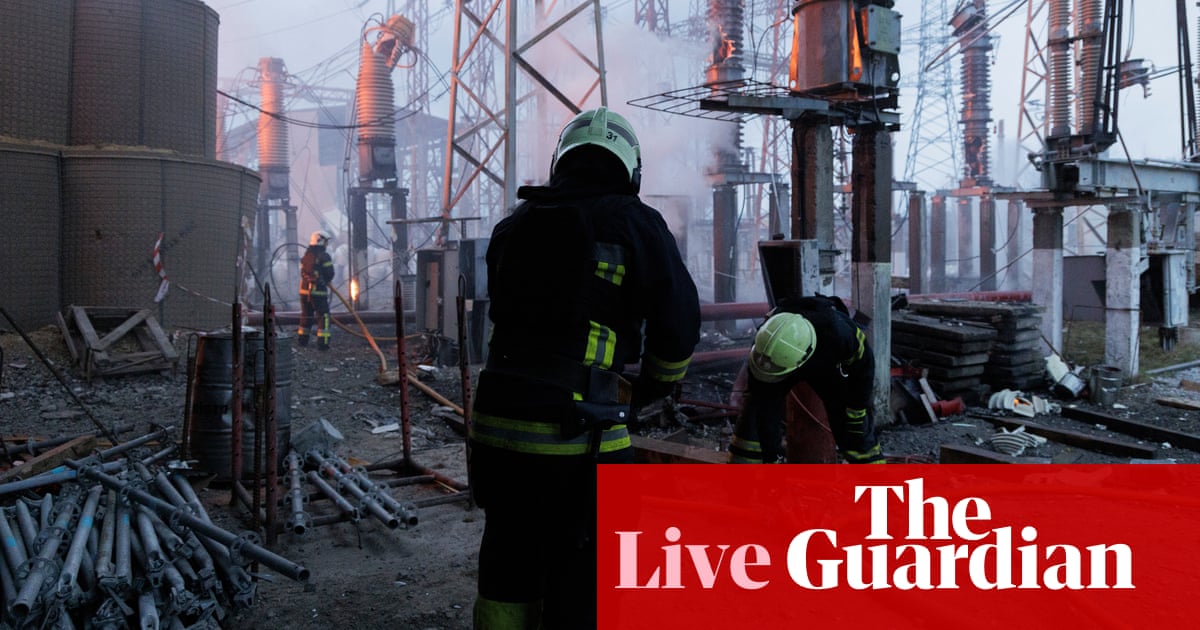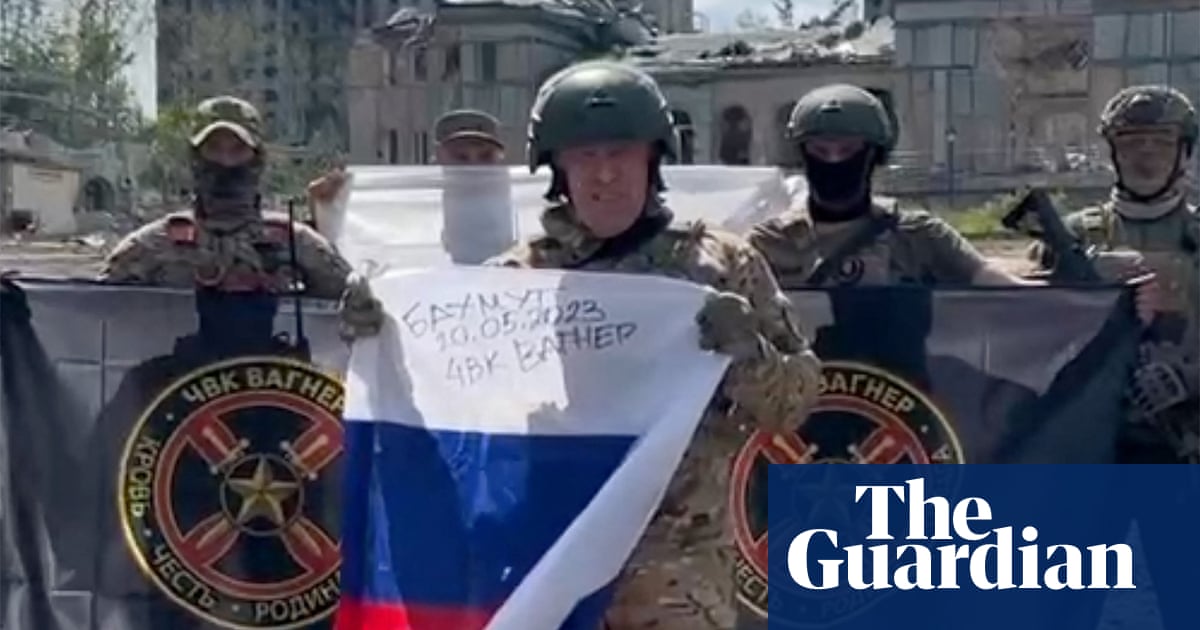
Ukraine is engaged in a counteroffensive aimed at creating “chaos within Russian forces” by striking at the invaders’ supply lines deep into occupied territories, according to a key adviser to the president, Volodymyr Zelenskiy.
Mykhailo Podolyak told the Guardian there could be more attacks in the “next two or three months” similar to Tuesday’s mysterious strikes on a railway junction and an airbase in Crimea, as well as last week’s hit on Russian warplanes at the peninsula’s Saky aerodrome.
Russia said a fire on Tuesday had set off explosions at a munitions depot in the Dzhankoi district of Crimea – an incident that Podolyak said was a reminder that “Crimea occupied by Russians is about warehouse explosions and high risk of death for invaders and thieves”.
Ukraine has not claimed responsibility for the attacks. They have prompted Russian tourists to flee Crimea in panic. There were queues on Tuesday outside the railway station at the regional capital, Simferopol.
The defence ministry in Moscow said it was dealing with cases of sabotage and taking “necessary measures” to prevent further episodes.
Speaking from the presidential offices in Kyiv, Podolyak said: “Our strategy is to destroy the logistics, the supply lines and the ammunition depots and other objects of military infrastructure. It’s creating a chaos within their own forces.”
The adviser, often described as the country’s third most powerful figure, said Kyiv’s approach ran counter to Moscow’s use of blunt artillery power to gain territory in the Donbas region to the east, which has seen Russian troops destroy cities such as Mariupol and Sievierodonetsk in order to gain territory.
Advertisement
“So Russia has kind of taught everybody that a counteroffensive requires huge amounts of manpower like a giant fist and just go in one direction,” he said, but “a Ukrainian counteroffensive looks very different. We don’t use the tactics of the 60s and 70s, of the last century.”
However, the remarks could also be interpreted as an acknowledgment that Ukraine is struggling to amass the amount of men and military material required to sustain a full counteroffensive in the south of the country, which typically requires a superiority of three or more soldiers to one.
Instead, Ukraine has tried to cut off Kherson, the one city held by Russia on the west bank of the Dnieper River, by damaging road and rail bridges using newly supplied western rocket artillery to the point where it is no longer possible for Russia to resupply its forces effectively.
Podolyak asked for “50, 60, 80 more” MLRS (multiple launch rocket systems) on top of an existing arsenal of about 20, 16 of which are truck-mounted Himars supplied by the US. Three – the track-wheeled M270 – have come from the UK, with three more promised, which the adviser described as “very good”.
Helped by the long-range missiles supplied by the west, Podolyak added that Ukraine hoped to degrade the invaders’ strength through “lack of supplies and lack of ammunition” that “will make Russians fight like they did on the first months of the war”.
In the early phase of the conflict a disorganised Russian military failed to capture Kyiv after the invading forces became clogged up in a series of traffic jams on roads leading into the city, making them vulnerable to Ukrainian infantry and anti-tank weapons.
The presidential aide suggested that last week’s airbase attack could have been the work of partisans, but playfully dismissed any suggestion it could have been an accident, as had been suggested by Moscow in its immediate aftermath.
Podolyak said Russians had “a different physics” if they believed the blasts the result of discarded cigarettes causing munitions dumps to explode, before going on to anticipate a repeat of such attacks behind the lines in the future.
“I certainly agree with the Russian ministry for defence, which is predicting more incidents of this kind in the next two, three months. I think we might see more of those happening,” Podolyak said.
He also signalled that Ukraine regards the Crimean Bridge linking the occupied peninsula with the Russian mainland as a legitimate military target. “It’s an illegal construction and the main gateway to supply the Russian army in Crimea. Such objects should be destroyed,” he said.
Although Ukraine has refused to take public responsibility for the attack on the Saky airbase, it has done so in private, and the incident has come at time when a string of Russian strategic targets have been hit deep behind the frontline.
On Monday there was speculation that Yevgeny Prigozhin, a Russian businessman reportedly tied to the Wagner private military company, could have been wounded or killed in a Ukrainian rocket strike in the Donbas.
Photos published by a Russian journalist of the man’s meeting with Wagner mercenaries in east Ukraine made the location of the base easy to identify. And on Sunday, the building at Mironivska was hit by a Ukrainian artillery strike, probably from a Himars system.
Podolyak, who was a peace talks negotiator in the early phases of the conflict, said there was no prospect of Russia negotiating seriously until it experienced a defeat on the battlefield. He said some unnamed European countries were “under the illusion” that the Kremlin may seek talks in good faith.
“Russian ears only open up when there is a giant military bat hitting the Russian head,” he said.
He praised Britain’s role in supporting Ukraine so far, which in some respects had exceeded that of the US, and said he expected strong support to continue after Boris Johnson steps down as prime minister. “You became a giant – it’s hard to go back to being a midget,” he said.
Johnson had offered “personal and emotional backing” to Zelenskiy in the “darkest day of Ukrainian history”, Podolyak said. The UK’s contribution would be remembered for centuries, he suggested.




